Featured Photo Above:
Combined 1903 World Series Photo: Pittsburgh Pirates and Boston Pilgrims
(Color Restoration by Chris Whitehouse of Mancave Pictures)
Baseball History Comes Alive Now Ranked As a Top Five Website by Feedspot Among All Baseball History Websites and Blogs!
(Check out Feedspot's list of the Top 35 Baseball History websites and blogs)

Guest Submissions from Our Readers Always Welcome! Click for details
Subscribe to Baseball History Comes Alive! for automatic updates (sign-up block found in right side-bar)
As a Free Bonus for subscribing, you’ll get instant access to my two Special Reports: Memorable World Series Moments and Gary’s Handy Dandy World Series Reference Guide!
Smoky Joe Wood and the 1912 World Series Photo Gallery
Click on any image below to see photos in full size and to start Photo Gallery:
My recent essay about fireballer Steve Dalkowski got me thinking about players who started as pitchers and later, usually due to injury or control problems, made successful moves to other positions. Notable on this list is Smoky Joe Wood, who I’m featuring today.
Steve Dalkowski was a great all-around athlete and was known to be a fine hitter, so my point in the post was that after years of struggling with his control, perhaps he could have made it to the majors as an outfielder. Of course, of that, we will never know. But we do know that fireballer Smoky Joe Wood did make the transition, and made it successfully.
Tribute to Smoky Joe Wood
“Can I throw harder than Joe Wood? Listen, my friend, there’s no man alive can throw harder than Smoky Joe Wood!” -Statement attributed to Walter Johnson (authenticity disputed).
One hundred eighteen years ago today, September 20, 1912, was a memorable day in the career of the great Dead Ball Era pitcher, Smoky Joe Wood. Earlier in the season, the Red Sox ace had put together a 16-game winning streak, tying the record for consecutive wins in a season set earlier in the same year by Walter Johnson. Now on September 20, he was hoping to break the record. Unfortunately for Wood, he lost that day 6-4 to the Tigers, and so Johnson’s record stood.
So the anniversary of this game gives me a chance to say a few words about the career of Smoky Joe Wood. The statement above by Walter Johnson may be a fabrication—it’s doubtful any of his contemporaries could throw harder than Johnson—but it was commonly accepted during the Dead Ball Era that nobody threw harder than Joe Wood, with the possible exception of Walter Johnson; and it gives us a pretty good insight as to how Smoky Joe’s contemporaries viewed his blazing fastball.
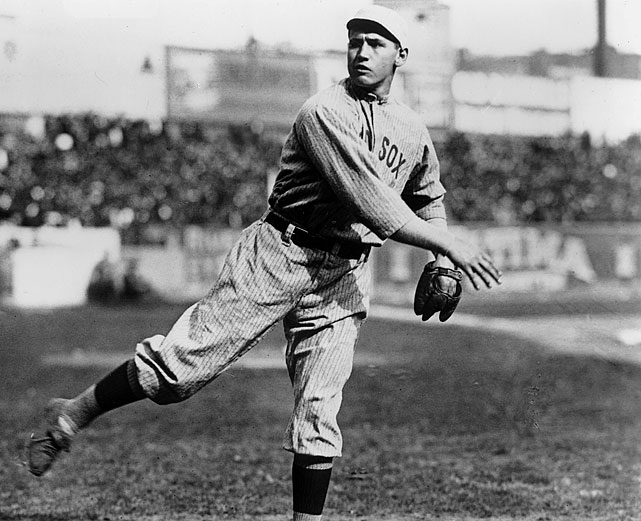
In the featured photo above, we see a beautiful color painting of a young Joe Wood by Graig Kreindler
Howard Ellsworth “Smoky Joe” Wood had an eleven-year major league career, as a pitcher from 1908-1915 with the Red Sox; and then as an outfielder from 1917-1922 with the Indians. Eighteen-year-old rookie Joe Wood joined the Red Sox in 1908, and, after three mediocre seasons, had his breakout year in 1911, winning 23 games with a 2.02 ERA, a no-hitter against the St. Louis Browns, and a 15-strikeout game. Speaking of his pitching style, Wood was quoted in The Glory of Their Times as saying, “I threw so hard I thought my arm would fly right off my body.”
Smoky Joe Wood’s Great 1912 Season
Wood’s had a spectacular year in 1912. He posted a 34-5 record, pitching a remarkable 344 innings, with a 1.91 ERA, and 258 strikeouts. He led the league in winning percentage (.872), shutouts (10), and complete games (35), becoming one of only 13 pitchers to win 30 or more games in a season since 1900. His 34 wins is the sixth-highest total in baseball history. As mentioned above, he also tied Walter Johnson’s record for consecutive victories that year with 16.
On September 6, 1912, Wood faced Johnson in a memorable pitching duel at Fenway Park. At the time, Wood had a 13-game winning streak and Johnson had recently ended his own American League record 16-game streak. A standing-room-only crowd of 29,000 fans were in attendance at Fenway Park to see the storied matchup, which the papers at the time hyped like a heavyweight prize fight. Duffy Lewis broke a scoreless tie in the sixth with a double off Johnson which drove in Tris Speaker. Wood was sharp through nine complete innings and pitched his team to a 1-0 two-hit shutout victory.
In the 1912 World Series, Wood won three games against one loss, including a dramatic extra inning win in the decisive Game Eight—a game made famous by the Fred Snodgrass “$30,000 Muff.” He also struck out 11 batters in one game, becoming the first pitcher to record double-digit strikeouts in the Fall Classic.
Injury Ends Joe Wood’s Pitching Career
The following year, 1913, Wood slipped on some wet grass fielding a bunt, breaking his thumb. He pitched in pain for the following three seasons, and although he still posted a winning record, he was never quite the same. He sat out the 1916 season and most of the 1917 season. Late in 1917, he was sold to the Indians, rejoining former teammate and friend, Tris Speaker, and started his second career as an outfielder. It was a successful transition. Wood finished in the top-10 in the American League in RBIs twice (1918 and 1922); and in 1918 he also finished in the top-10 in home runs, doubles, batting average and total bases. He appeared in four games in the 1920 World Series.
Wood finished his major league career after the 1922 season with a pitching record of 117–57 (.672), a 2.03 ERA, and 989 strikeouts. His lifetime batting average was a respectable .283 with 23 home runs, and 325 RBIs. He was a member of three World Series championship teams (1912, 1915, and 1920).
After his career ended, he accepted an offer to coach the Yale University baseball team where he remained for the next 20 years, compiling a record of 283–228–1. While at Yale, he coached his son Joe, who pitched briefly for the 1944 Red Sox. Smoky Joe Wood passed away on July 27, 1985, aged 95
Not all players are capable of making a transition from one position to another at the major league level. The list is very short. So let’s take a moment to remember Smoky Joe Wood, one of a handful of players who did it successfully.
[Update: Thanks to Bill Gutman for pointing out that following the thumb injury, Smoky Joe tried to pitch in pain for the next two seasons and eventually developed a dead arm. This led directly to his successful comeback as an outfielder.]
Gary Livacari
Photo Credits: Featured photo by Graig Kriendler: https://www.facebook.com/GraigKreindler/photos_stream all others from Google search
Information: Excerpts edited from Smoky Joe Wood Wikipedia page
Check out my latest book, recently nominated for the SABR 2020 Lawrence Ritter award: Reflections On the 1919 Black Sox: Time to Take Another Look now available on Amazon in e-book and paperback. All profits go to the Illinois Veterans Foundation
Add your name to the petition to help get Gil Hodges elected to the Hall of Fame
Vote In Our New Poll: How Do You Feel About New Rules Changes?
We are a participant in the Amazon Services LLC Associates Program, an affiliate advertising program designed to provide a means for us to earn fees by linking to Amazon.com and affiliated sites. Click here to view Amazon’s privacy policy
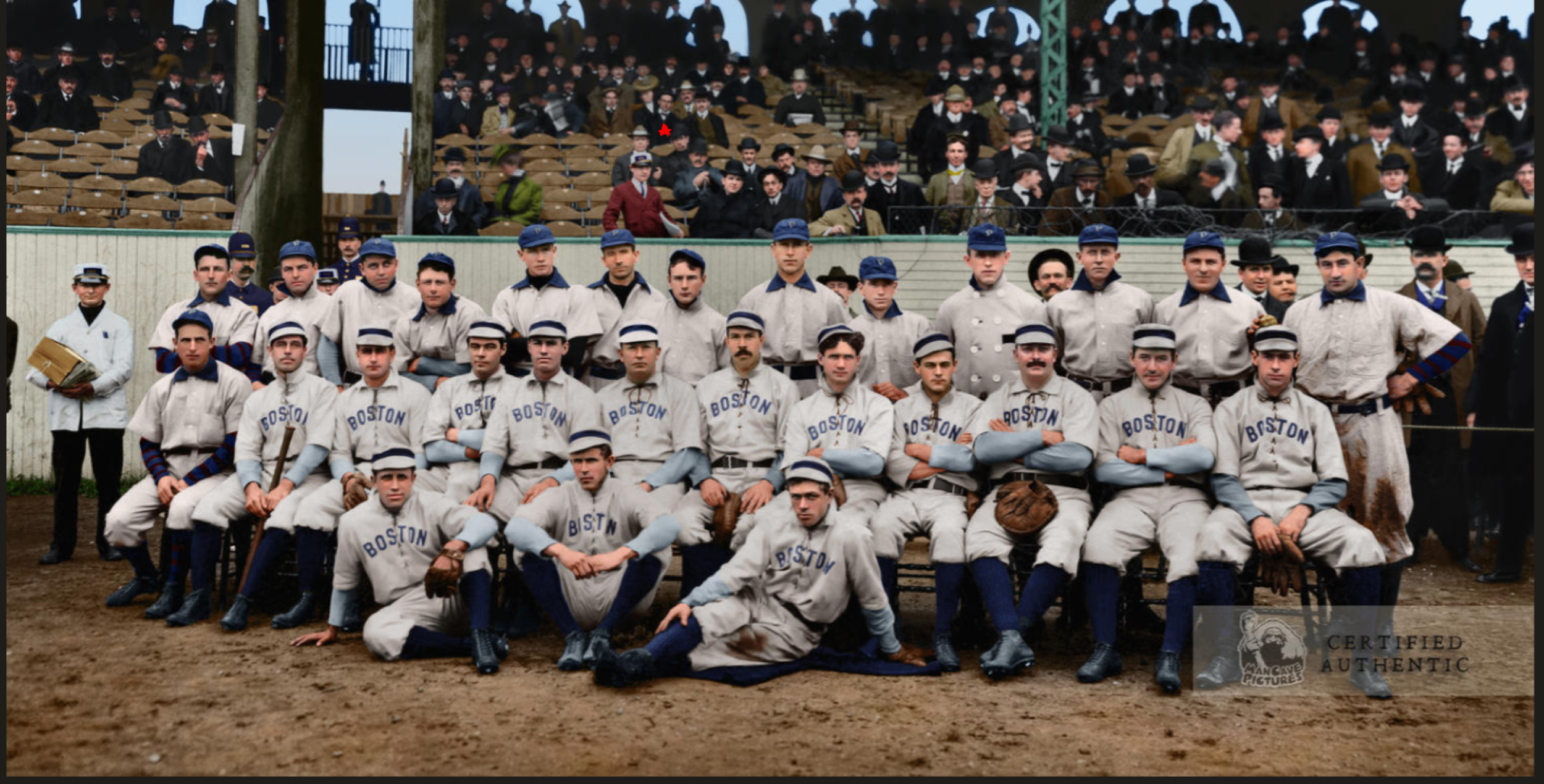
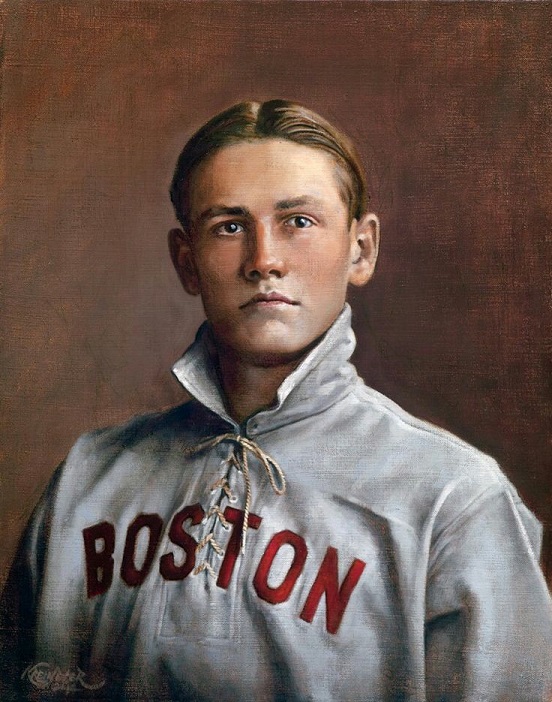
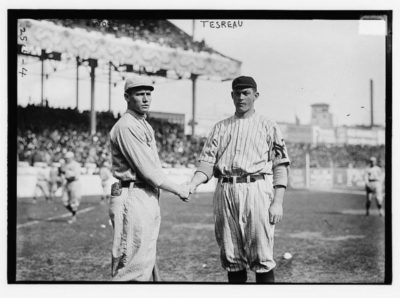
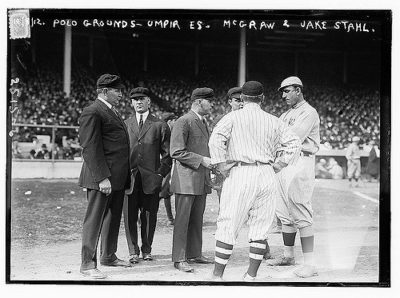
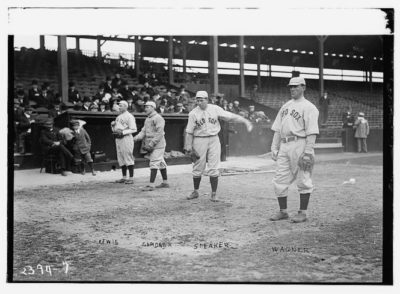
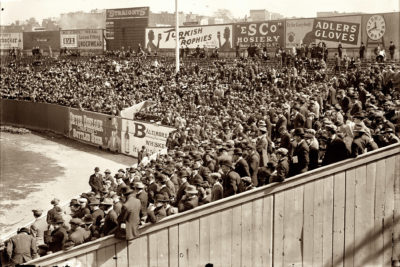
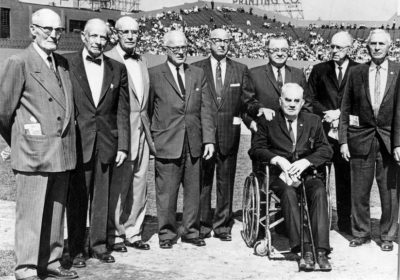
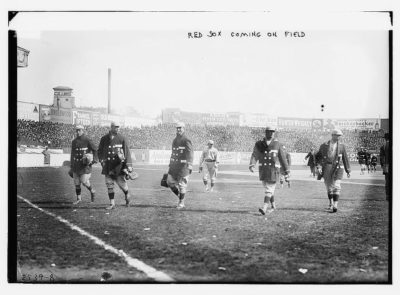
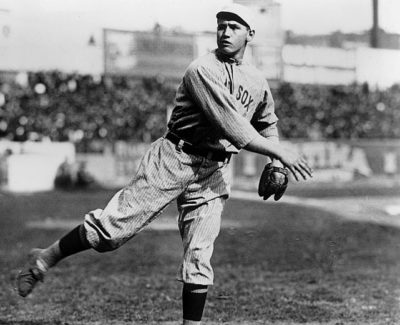
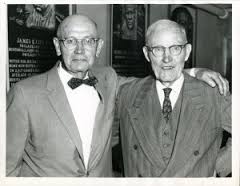
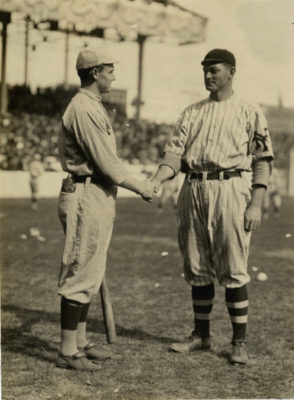
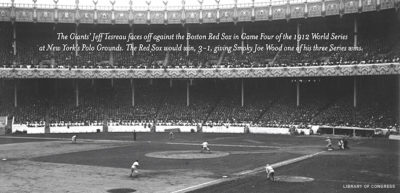
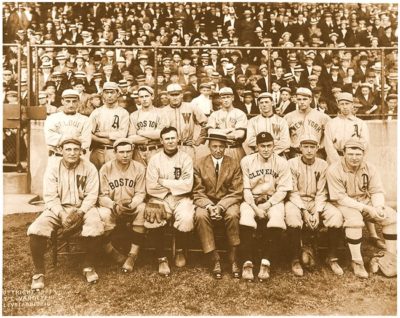
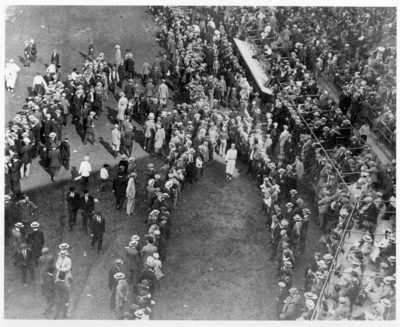
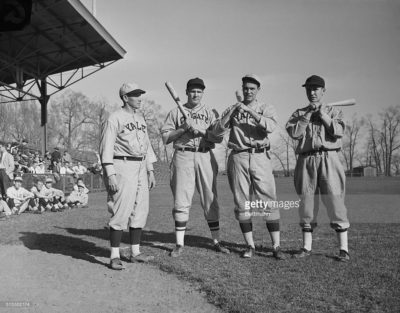
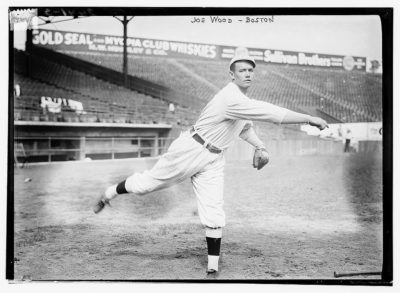
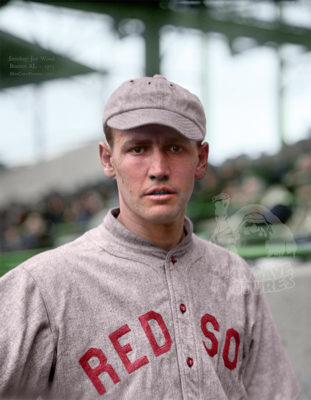
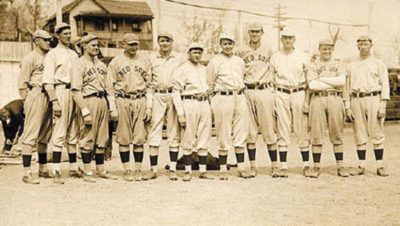
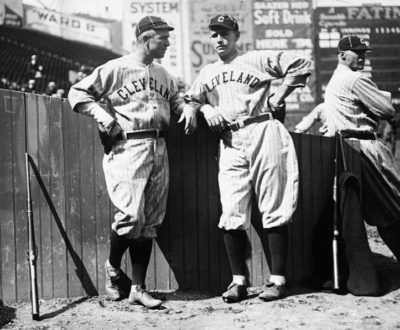
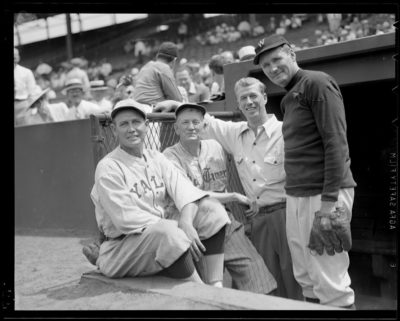
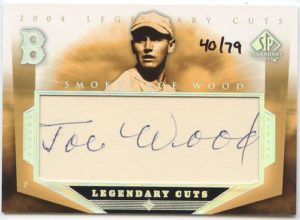
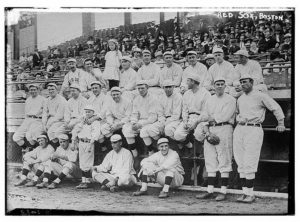
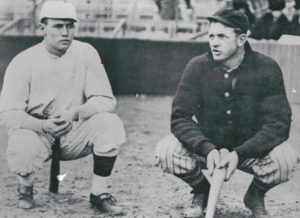
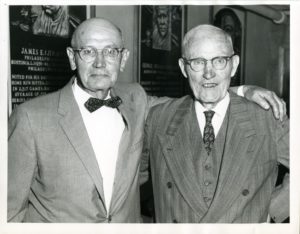
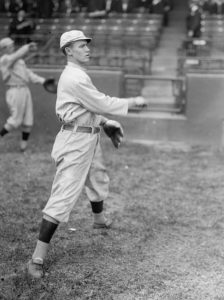
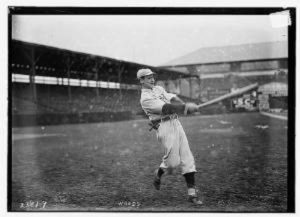
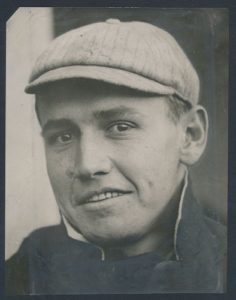
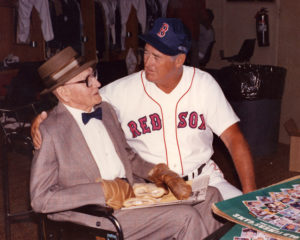
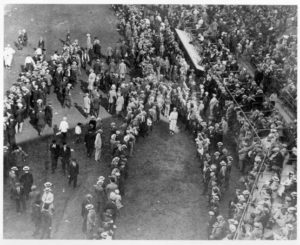
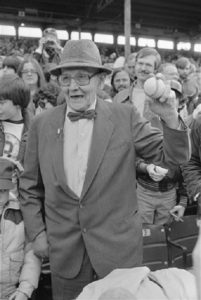

Great Post, Gary.
I know that you were trying to highlight his versatility, but one Item of notoriety was his involvement in the “fix” on the last week of the 1919 season, involving Wood, Ty Cobb and Tris Speaker.
All for a shift in division placement that would result in a slightly higher bonus of finishing third instead of 4th
place.
Evidence was based on letters that Cobb wrote, but
ultimately all were exonerated.
https://www.google.com/amp/s/www.chicagotribune.com/news/ct-xpm-1989-05-21-8902030567-story,amp.html
Thanks…yeah, I’m aware of all that but, as you said, I was focusing on his versatility.
Hey Gary,
My dad talked of Smokey Joe Wood the great pitcher but I never knew he converted. Would you say Joe and Walter J. threw in the high 90’s in those days?
When I was first really into the Giants in 1947, they brought up a raw boned kid born in Texas, in a small town called Hondo. Clint Hartung soon became known as the Hondo Hurricane. His greatest claim to fame was scoring the third run in the third game of the ’51 playoffs.
But Clint had great potential. They thought he would be a terrific slugger. When it became clear Hartung had trouble with major league breaking pitches, they decided to try and harness his powerful arm as a pitcher. For five years ’47-’52, he played some left field, first base and pitched every now and again. He was consistent–mediocre at the bat and on the mound.
His lifetime pitching record was 29-29 with a 5.02 ERA. Career batting average, .238. His best year in both arenas was his first year: 9-7 on the mound, 4.57 ERA; 3.09 BA in 34 games with four homers and 13 RBI.
Hartung could be brilliant from 60′ 6″ but then stink out the joint the very next start. I remember a friend of my father’s attending a night game at the Polo Grounds in early June when Hondo out dueled Warren Spahn 2-1. He said he had never seen a more masterfully pitched game.